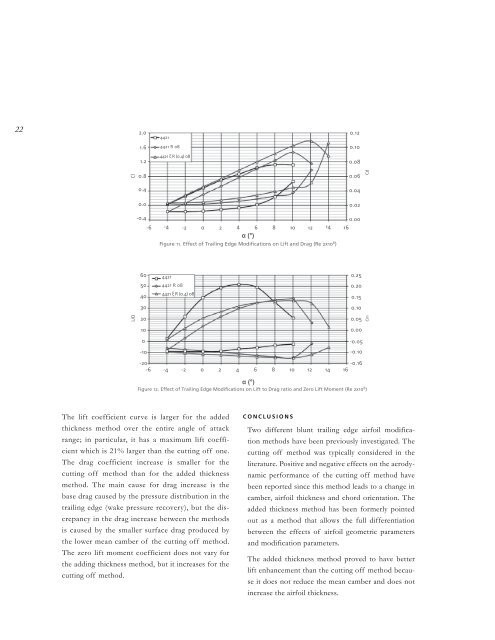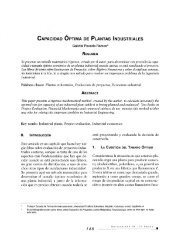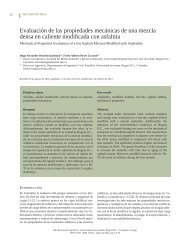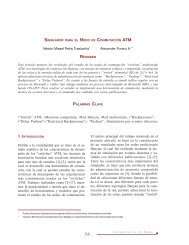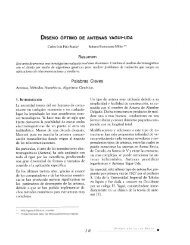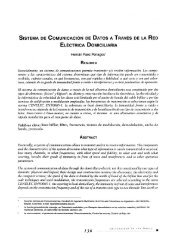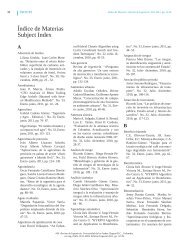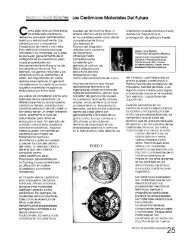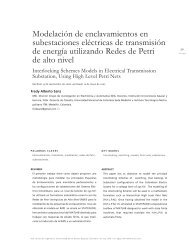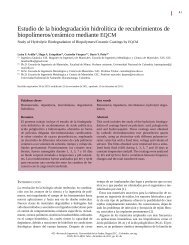CFD Analysis of Blunt Trailing Edge Airfoils Obtained with Several ...
CFD Analysis of Blunt Trailing Edge Airfoils Obtained with Several ...
CFD Analysis of Blunt Trailing Edge Airfoils Obtained with Several ...
Create successful ePaper yourself
Turn your PDF publications into a flip-book with our unique Google optimized e-Paper software.
22<br />
6 )<br />
6 )<br />
The lift coefficient curve is larger for the added<br />
thickness method over the entire angle <strong>of</strong> attack<br />
-<br />
<br />
The drag coefficient increase is smaller for the<br />
cutting <strong>of</strong>f method than for the added thickness<br />
<br />
base drag caused by the pressure distribution in the<br />
crepancy<br />
in the drag increase between the methods<br />
is caused by the smaller surface drag produced by<br />
<br />
The zero lift moment coefficient does not vary for<br />
<br />
<br />
CONCLUSIONS<br />
Two different blunt trailing edge airfoil modifica-<br />
<br />
cutting <strong>of</strong>f method was typically considered in the<br />
namic<br />
performance <strong>of</strong> the cutting <strong>of</strong>f method have<br />
been reported since this method leads to a change in<br />
<br />
added thickness method has been formerly pointed<br />
out as a method that allows the full differentiation<br />
between the effects <strong>of</strong> airfoil geometric parameters<br />
<br />
The added thickness method proved to have better<br />
lift enhancement than the cutting <strong>of</strong>f method because<br />
it does not reduce the mean camber and does not


